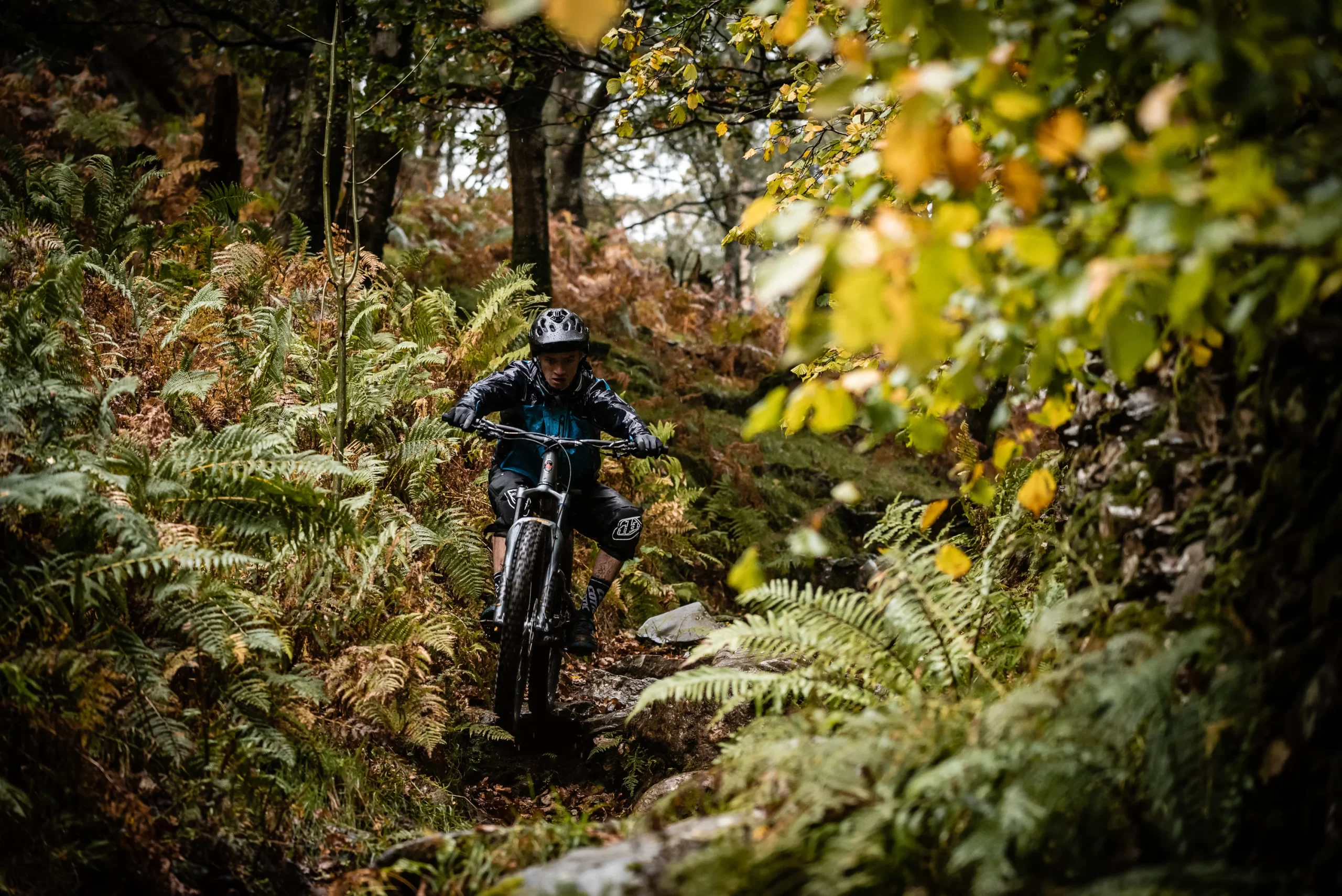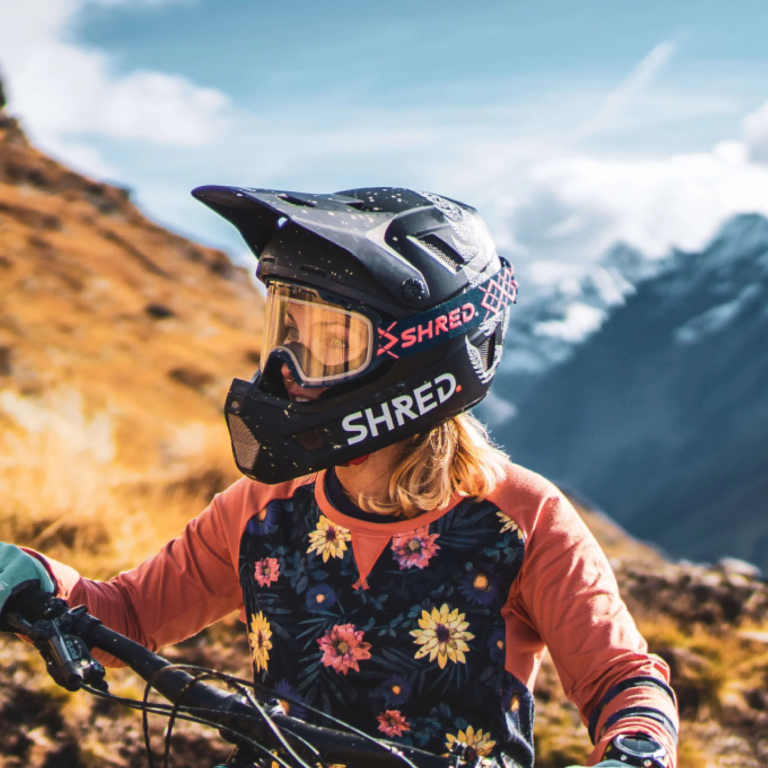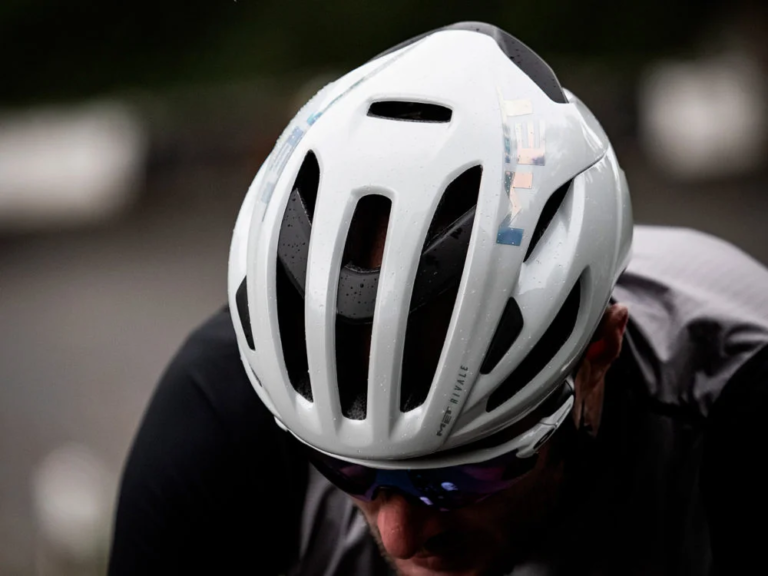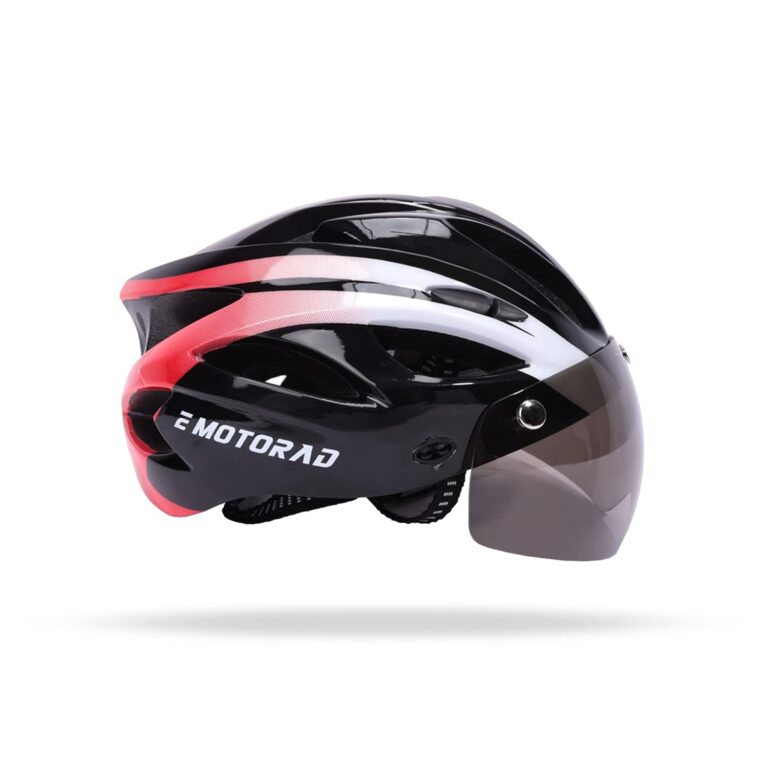Choosing Your Shield: Full face vs Standard Mountain Bike Helmets

Key Point Summary of Full face vs Standard Mountain Bike Helmets:
- Protection: Full-face helmets offer more comprehensive protection, including the face and jaw, ideal for aggressive riding. Standard helmets focus on protecting the top and back of the head, suitable for less technical trails.
- Ventilation: Standard helmets typically provide better airflow, making them cooler for long climbs or less intense rides. Full-face helmets have improved ventilation but can still be warmer.
- Weight: Full-face helmets are heavier, which can affect neck fatigue on long rides. Standard helmets are lighter, offering more comfort for extended periods.
- Versatility: Some full-face helmets come with removable chin bars, offering a compromise between the two styles for varying terrain.
Choosing the right helmet is a pivotal decision for any mountain biker, affecting not just safety but also comfort, confidence, and overall riding experience. Over my years of mountain biking, as well as venturing into gravel and cyclocross, I’ve toggled between full-face and standard mountain bike helmets based on the ride ahead. Both styles have their unique advantages and optimal use scenarios, and understanding these can significantly enhance your ride. Here’s a comprehensive comparison to help you decide which helmet type might suit your mountain biking adventures best.

The Protective Shield: Full-Face Helmets
Full-face helmets are akin to a knight’s armor when venturing into the battleground of steep descents and high-risk trails. They provide an unmatched level of protection by covering the entire head, including the face, chin, and jaw. This comprehensive coverage is crucial for downhill, freeride, and aggressive enduro riding, where the risk of high-impact falls is greater. The added security can embolden riders to push their limits, knowing they have the best possible protection against facial and cranial injuries.
The Classic Guardian: Standard Helmets
Standard, or half-shell, helmets are the traditional choice for most mountain bikers. They cover the top and back of the head but leave the face exposed, offering a balance between protection and comfort. Their design prioritizes ventilation, making them an excellent choice for cross-country, trail riding, or any situation where airflow and cooling are paramount. The lighter weight reduces neck strain on long rides, enhancing overall endurance and comfort.
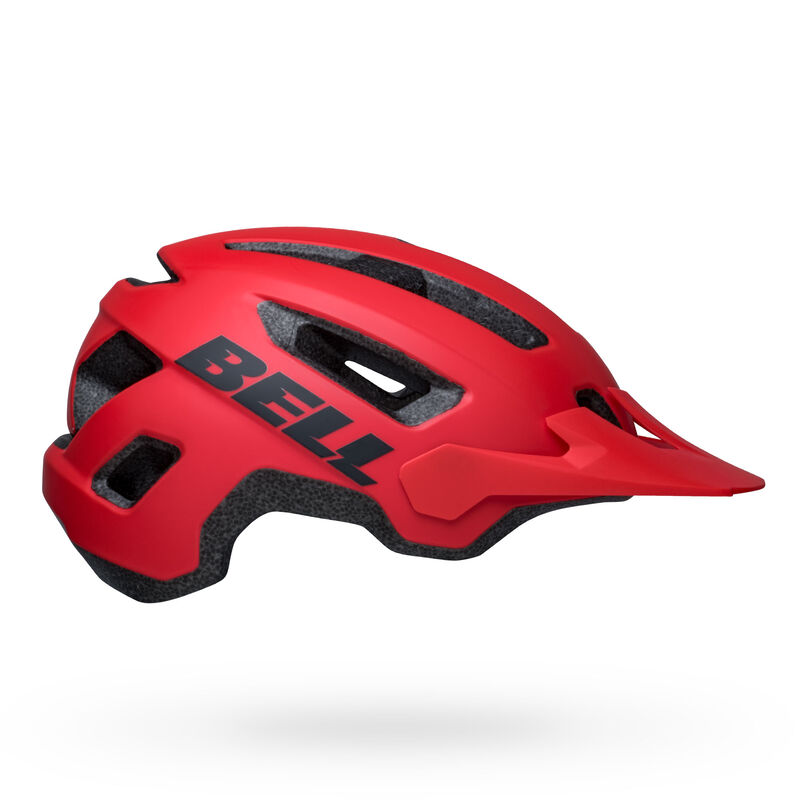
Ventilation and Comfort: A Balancing Act
One of the most significant differences I’ve noticed when switching between helmet types is the variation in ventilation. Full-face helmets have come a long way in offering breathable designs, yet they inherently provide less airflow than their standard counterparts. On hot days or during strenuous climbs, this can lead to overheating more quickly. Conversely, standard helmets, with their open design, offer superior ventilation, keeping you cooler but at the cost of reduced protection.
Weight and Wearability: The Trade-offs
The added materials in full-face helmets increase their weight, which can influence rider fatigue over time, especially on the neck and shoulders. For long, less technical rides where the risk of facial injury is minimal, the lightweight nature of standard helmets makes them a more comfortable option, allowing for longer periods of wear without discomfort.
Versatility for Changing Terrain
An interesting development in helmet technology is the convertible or hybrid helmet, which features a removable chin bar. This design allows riders to enjoy the best of both worlds: full-face protection for downhill sections and a lighter, more ventilated configuration for climbing or less technical trails. While not as lightweight as a dedicated standard helmet or as protective as a full-face model in its open configuration, these helmets offer an excellent compromise for riders who face a mix of terrain.

Full face vs Standard Mountain Bike Helmets: Final Thoughts
The choice between a full-face and standard mountain bike helmet ultimately hinges on the type of riding you do most often and your priorities in terms of protection, comfort, and versatility. Full-face helmets are indispensable for riders tackling aggressive downhill tracks or participating in enduro races, where the risk of falls and high-speed impacts is higher. Standard helmets, on the other hand, are perfect for trail riders, cross-country enthusiasts, or anyone who values comfort and ventilation over maximal protection.
In making your decision, consider the terrain you ride, the climate you ride in, and, most importantly, what makes you feel most confident and secure on the trails. After all, the best helmet is the one that meets your specific needs, ensuring that every ride is safe and enjoyable.
For standard (open-face) MTB helmets, one of the best as of my last update is the Troy Lee Designs A2 MIPS. It’s renowned for combining safety, comfort, and style. The A2 features MIPS technology for added brain protection against rotational impacts, an extensive venting system for superior airflow, and a comfortable, adjustable fit. It’s a top choice for trail and all-mountain riders seeking high performance and protection.

In the full-face category, the Fox Racing Rampage Pro Carbon Helmet stands out. It’s designed for serious downhill and enduro riders, offering a lightweight yet sturdy carbon shell construction. The helmet includes MIPS for enhanced safety, a highly efficient ventilation system, and a comfortable, precision fit. It’s favored for its balance of safety, comfort, and ventilation, making it ideal for aggressive riding styles.

Both helmets exemplify the advancements in mountain biking safety gear, offering options for different types of riders and their specific needs on the trails.
Happy trails!
John
FAQ
Is full-face helmet better for mountain biking?
Whether a full-face helmet is better depends on the type of mountain biking. Full-face helmets offer more protection and are ideal for downhill, enduro, and aggressive trail riding where falls are more likely. For cross-country or less technical trails, a standard helmet might be preferred for its lighter weight and better ventilation.
Is a full-face helmet better than a normal helmet?
Full-face helmets provide more comprehensive protection, covering the entire head and face, which is beneficial in high-risk riding scenarios.
Do you really need a full-face helmet?
It’s necessary if you’re engaging in high-speed, technical, or downhill mountain biking where the risk of impacts to the face and head is higher. For general trail riding, a standard helmet might suffice.
What are the disadvantages of a full-face helmet?
They can be hotter and heavier than standard helmets, potentially reducing comfort on long rides or in warmer weather. The increased coverage can also limit peripheral vision and hearing to some extent.
